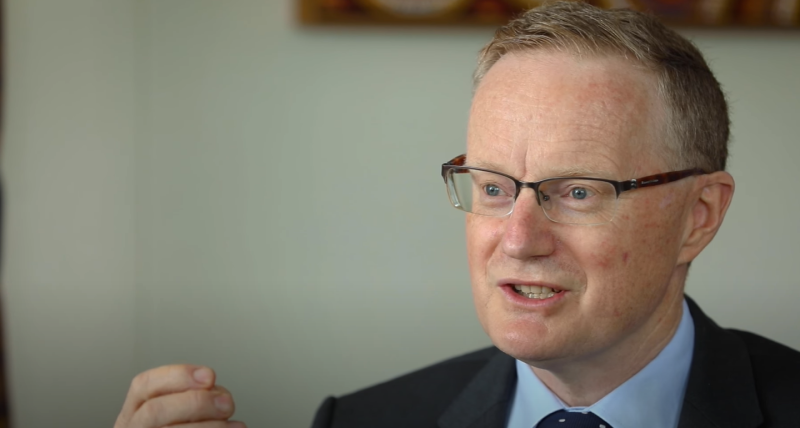- RBA has introduced another cash hike
- It's the highest the rate has been in over a decade
- More homeowners expected to be in 'mortgage prisons'
Confirming many predictions of another hike, the Reserve Bank of Australia (RBA) has decided to increase the cash rate target by 25 basis points to 4.10% in a bid to tame inflation.
It’s the 12th hike this cycle, and at 4.10%, it’s at its highest level since April 2012.
RBA Governor Philip Lowe says inflation in Australia has passed its peak but at 7%, it’s still too high.
“High inflation makes life difficult for people and damages the functioning of the economy; it erodes the value of savings, hurts family budgets, makes it harder for businesses to plan and invest, and worsens income inequality,” he said.
Australian mortgage holders were given a brief respite in April but the hikes were restarted in May when the decision was made to raise the cash rate by 25 basis points to 3.85%.
Overcoming inflation
PropTrack Senior Economist Eleanor Creagh says core inflation pressures remain strong.
“Services inflation remains persistent and both headline and trimmed mean inflation are still well above the Reserve Bank’s 2-3% target range,” Creagh said.
The latest monthly inflation read indicated an acceleration in inflation momentum, according to Creagh.
“This was considered against the signs the substantial tightening already pushed through is weighing on economic activity.
“Consumer spending and employment growth are slowing, while business surveys indicate weaker conditions are expected in the coming months as economic activity slows.”
Moreover, a tight labour market and the pipeline of wage increases in the public sector and the 5.75% minimum wage increase are expected to maintain wage pressure, fuelling inflation to remain inflated.
“The risk of a wage price spiral is an ongoing concern for the central bank,” she said.
According to Creagh, this gives the RBA headroom to further raise the cash rate, as part of its commitment to cool inflation and anchor inflation expectations.
Pain for mortgage holders
Compare Club Chief Operating Officer Brendan See says it’s bound to be a painful second half of the year for any mortgage holder with a fixed term rate that’s due to expire.
“We’re still seeing around 20% of people looking to refinance coming to us with an LVR (Loan-to-Value ratio) of 80% or more, which locks some homeowners into mortgage prison as they cannot afford to refinance,” he said.
He adds, the bigger lenders are pulling cashback offers from the market, and most other lenders are expected to follow suit, so there are unlikely to be any sweeteners for those households who are about to see a huge jump in their mortgage payments.
“That’s a worry, especially in states such as NSW, where the average value of a property for homeowners looking to refinance with us with an LVR between 90 to 95% now over $1 million for the first time; that’s nearly $200,000 more than Victoria and $550,000 more than Queensland and WA.”
Zippy Financial Principal Broker Louisa Sanghera says the last couple of hikes have put people under considerable financial pressure.
“We’re being advised that 27.8% of mortgage holders are considered at risk,” she said.
“Not only have people had to endure the rate rise but they’re having increases to all household living expenses as well.
“The financial pressure is coming at them from all areas of their lives.”
Canstar Group Executive and Chief Commentator Steve Mickenbecker agreed with Sanghera’s dire assessment.
“It’s going to add 0.25%, which is another $84 per month for a $500,000 loan – it’s just a huge amount.”
Mickenbecker adds Canstar conducted a survey recently, with the results being 42% of participants saying they’re under stress and struggling with their payments.
“An extra $84 is another $84 they can’t afford to pay; it’s quite a worry.”
Silver lining for commercial investments
Ray White Commercial Western Sydney Managing Director Peter Vines says there are some asset classes that are a favourable choice in the current market.
“Childcare, for example, is an asset class that currently has 100% occupancy because there is a strong demand for the purpose built asset,” he said.
“In this market, industrial spaces will also continue to prosper; following on from our pandemic habits, Australians are completing most of their shopping online so warehousing has high demand.
“In addition, there have been numerous small businesses born out of the pandemic, and those who have succeeded have been the types of businesses expanding into industrial spaces.”








